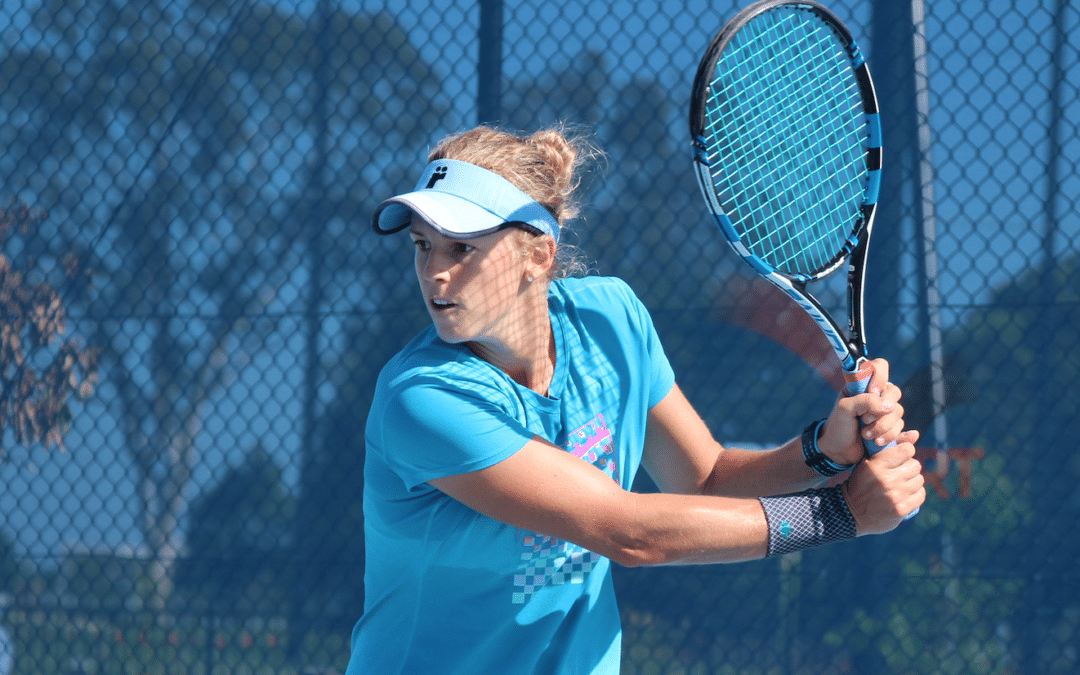It seems like a pretty basic premise; if you want to win a tennis match, the ball must land inside the court. However, time after time, coaching forums fail to state the obvious, which is the basic principle of tennis. Regardless of how technically sound a stoke is, if the player is unable to execute the shot, making sure it goes in, perfect technique is rendered useless.
The serve plus one and return plus one patterns must be practiced – but the emphasis has to be on these first 4 shots landing in the court.
The age-old question arises, how important is having ‘text-book perfect’ technique? The answer is a little bit of an oxymoron as it is both essential and irrelevant at the same time. If you break it down to the simplest level the contact point needs to be exact, meaning accurate footwork in imperative.
We all know players who look amazing on the practice court, but when it comes time to compete, they have no idea how to construct a point. Under match pressure, technically flawed strokes break down, but what exactly do technically flawed strokes look like, and how much time should coaches spend trying to hone perfect technique? Sound technique pretty much looks like this:
- The contact point is correct
- A player can generate the right amount of racquet head speed needed for their style of play
- The stroke looks identical every single time (aside from ball height variations)
- Power/spin/weight of shot from the opponent doesn’t force the shot to break down technically – Meaning the swing line, contact point, preparation, racquet head speed, etc start to change from shot to shot over the duration of the match
- If it ain’t broke don’t try to fix it. NEVER change an effective stroke just because you don’t like the way it looks stylistically
- Technically sound strokes are fluid, rather than being stop-start with pauses and hitches during the backward or forward swing phases
- Longevity friendly – sometimes unique technique produces phenomenal results but if that comes with the price of injuries make adjustments as early on as possible
What does this look like when put into practice?
- Less time spent on obsessing over stylistic technical perfection
- Coach your own hitting technique if it is A. the best fit for the player you are coaching. B. Helpful to the player, not just what you like the look of stylistically. 3. The player’s strokes need improvement.
- Don’t make technical corrections just because
- Be mindful of the fact that a player’s personality and own stylistic preferences are two significant points of consideration when it comes to stroke production. Work within each player’s parameters refrain from using the cookie cutter on every student. (Desiring all players have identical strokes.)
- Emphasize the importance of young students being able to hit the ball straight (or accurately) and keeping the ball in play.
- As players advance, encourage the mindset of forcing errors and using shape and weigh of shots to create open spaces. Time pressure is the key to success in modern tennis, everyone can run well and hit the ball hard, but being able to open the court means having the ability to hit the ball in and hit the ball accurately!
- Practice hitting winners; That is imperative, but how to create the ball that gives you the chance to end the point starts with keeping the ball in play and should never be overlooked.

